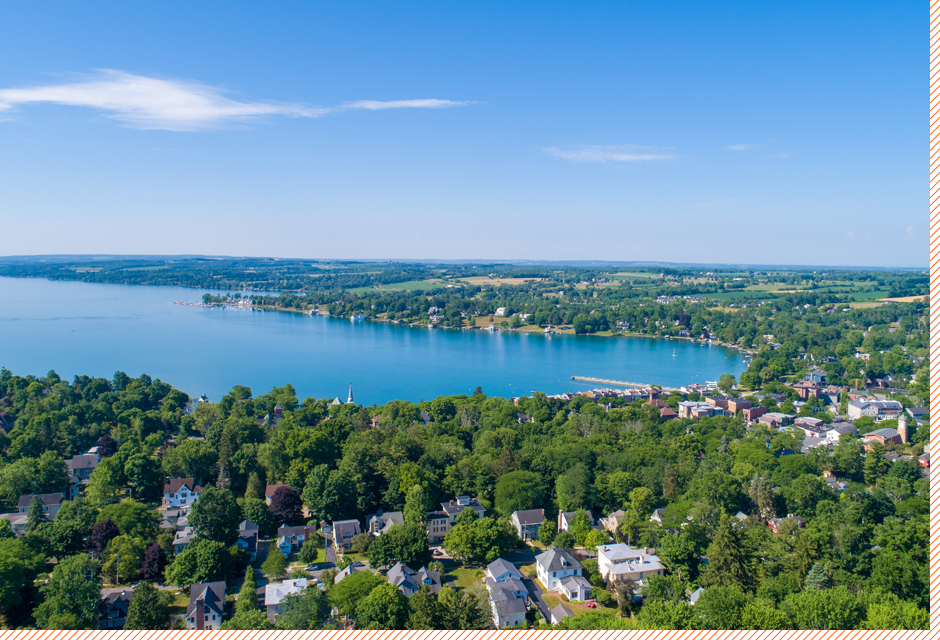Ocean Cleanup Delivers 60 Large Totes of Plastic from Great Pacific Garbage Patch
Rotterdam, Netherlands-based nonprofit group Ocean Cleanup has brought ashore its first haul, 60 tote bags of plastic it scooped from the Great Pacific Garbage Patch.
“We actually have the first plastic back on land,” Ocean Cleanup CEO and founder Boyan Slat told reporters Dec. 12 at a news conference. “It fills me with a lot of pride and joy.”
The plastic was brought to Vancouver, British Columbia, for eventual recycling.
The group’s first mission is now accomplished, according to Slat, who shared a few vague details about what will happen next to the marine litter, as well as plans to collect more ocean plastic and develop standards for recycling it into new products.
“We’re going to recycle this plastic and we’re going to turn it into beautiful sustainable products completely made from this plastic from the Great Pacific Garbage Patch and 100 percent of the proceeds are going to the continuation of the cleanup,” Slat said.

“These aren’t going to be gimmicks,” he added. “These are going to be products you actually want. We’re going to try this out in the coming year to see if it is actually something that can work because this has never been done before.”
The group plans to launch its product in September, when details about its cost and quantity also will be announced.
“This will be first product ever made from plastic from the Great Pacific Garbage Patch, so success isn’t guaranteed,” Slat said, noting the plastic has likely been in the ocean for decades and is corroded, degraded and covered in salt.
“The quality of this material surely will be a challenge yet because of the research we’ve been doing the past few years, we believe this should actually be possible,” he said.
Third party verification
To distinguish its products from others that claim to be made from ocean plastic, Slat said his group will use a third party to verify that it’s material has been sourced from the Great Pacific Garbage Patch, which is an accumulation zone for trash halfway between California and Hawaii.
The verification will come from Hovik, Norway-based DNV-GL, a company that offers risk management and quality assurance services. DNV-GL currently is developing a standard to clarify how ocean plastic is defined, offer traceability of the material’s origin, and bring transparency to the fast-growing market.
“It’s important to realize that right now there’s no real standard, no hard definition of what ocean plastic means,” Slat said. “It’s a murky definition that could mean 100 percent from the ocean or 1 percent or none.”
The new standard, which will be completed in March, will be available to all parties seeking ocean-plastic product certification.
Slat expects products made from recycled plastic that originated from the ocean, particularly the infamous Great Pacific Garbage Patch, will appeal to consumers.
“It’s like the difference between a normal rock and rock from the moon,” he said. “It’s plastic that has a story attached to it and a purpose behind it because now that it’s out of ocean it won’t continue to kill sea life for another decade or century.”
Slat spoke in front of the 60 plastic totes of trash that he said equated to one cubic yard of waste. The garbage was collected by a contraption called System 001/B, which consists of 525 feet of high density polyethylene pipe, a polyester screen and solar-powered lights, trackers and sensors.
The system acts like a floating U-shaped coastline. It passively gathers plastic from the ocean surface to a depth of about 10 feet. The pipe and its detached skirt use the natural forces of the ocean to catch and hold the plastic for periodic collection and hauling to shore for recycling.
To promote the Dec. 12 announcement, earlier this month Ocean Cleanup shared a video from July showing what kind of plastic the latest design of the marine sweeper has been catching.
The video shows two men in a rubber boat attaching a white tote bag filled with debris onto a hoist that is lifted aboard a ship. The plastic haul includes a large black tube or pipe, a fishing net and a big blue jerry can as well as colorful microplastics.
An Ocean Cleanup crew member describes the plastics as “the catch of our parachute system.”
The contraption uses parachute sea anchors to keep it from moving faster than the plastic. The parachute anchors slow the system, which allows captured plastic to concentrate against the screen.
Once hauled aboard the collection vessel the marine litter is sorted, put out to dry, weighed and tagged before being shipped to shore.
One calculation of the Ocean Cleanup indicates a full-scale operation with 60 pipe-and-skirt systems that are 2,000 feet long could clean up 50 percent of the Great North Pacific Patch about five years from deployment.
The group is working on the next version of its Ocean Cleanup system with the goals of improving its long-term durability and capability to retain plastic ahead of deploying a fleet of 60.
“We have an essential stepping stone to fill, which we call System No. 2, which is scheduled to be the first full-scale fully operational cleanup system. We’re developing that right now,” Slat said.
